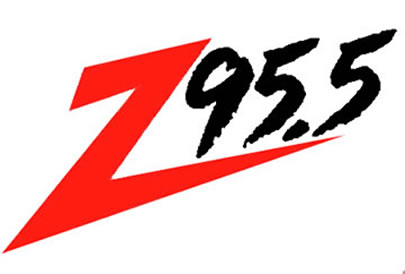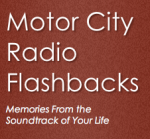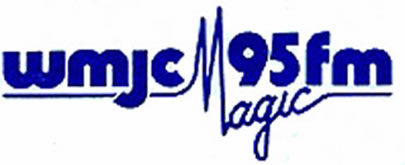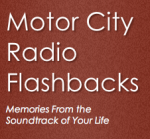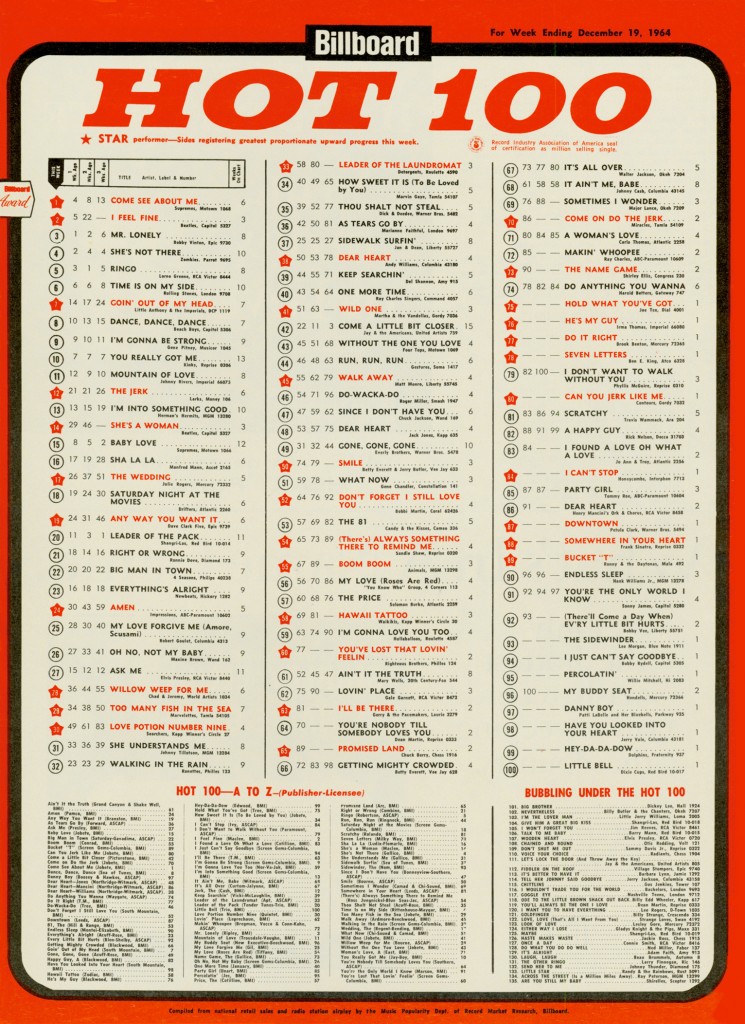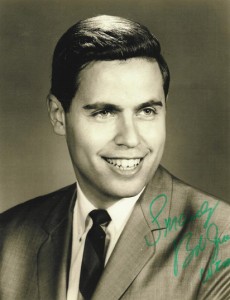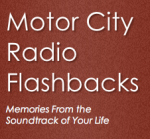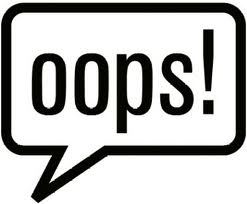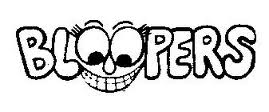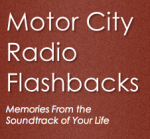![]()
FLASHBACK POP MUSIC HISTORY: APRIL 11
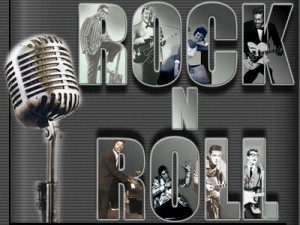 From the MCRFB music calendar:
From the MCRFB music calendar:
Events on this date: APRIL 11
1956: Elvis Presley’s tour plane developed engine trouble while flying the singer from Amarillo, Texas to Nashville, forcing an emergency landing in Arkansas. When he calls his mother Gladys to tell her, she begs him to never fly again, instilling a fear in Elvis which will take him years to overcome.
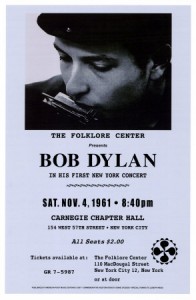
1961: New York City gets its first introduction to a young folk singer named Bob Dylan when he makes his live debut at Gerde’s Folk City, opening for John Lee Hooker and performing a new song entitled, “Blowin’ In The Wind.”
1964: Having already set a record the week before by holding the entire Top Five positions of the Billboard singles charts, the Beatles set another record when 14 of their singles are listed at the same time in the “Hot 100.” “Can’t Buy Me Love” is at No. 1, while “Love Me Do” holds down the bottom at No. 81.
1965: The British music trade paper New Musical Express holds its Third Annual NME Poll Winners Concert in London’s Wembly Empire Pool. The concert features the Beatles, Rolling Stones, Kinks, Animals, Moody Blues, Tom Jones, Them, Donovan, Seekers, Freddie and the Dreamers, Herman’s Hermits, and Cilla Black.
1966: NBC-TV’s musical variety show Hulabaloo airs it’s last episode after sixteen months on the air, featuring Lesley Gore, Peter and Gordon, Paul Anka, and the Cyrkle.
1967: Flying back to England after participating in the Beach Boys’ aborted “Smile” sessions, Paul McCartney comes up with the idea for the Beatles film and album Magical Mystery Tour.
1968: Janis Joplin makes her television debut when Big Brother and Holding Company perform on ABC-TV’s Hollywood Palace.
1970: In Germany, Fleetwood Mac founding member and lead-guitarist Peter Green, having just come down from a long acid trip, announces his intent to leave the band to follow an obscure religion. After pleads of coercion from other members of the group that he remain, he agrees to stay on the current tour to satisfy the band’s contract.
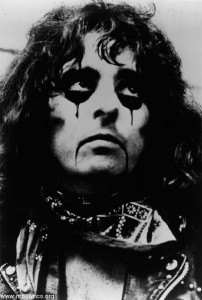
1976: Relaxing in his hotel after his record-breaking Sydney concert, Alice Cooper is placed under arrest for alleged breach of contract after refusing to pay another promoter $59,000 for an Australian tour the year before. When it is discovered that the promoter’s fallen short on his end of the deal as well, Cooper is released to fly back to the States.
1988: Cher wins Best Actress for the romantic comedy Moonstruck at tonight’s Oscar Awards in New York.
1990: Elton John performs at the Indianapolis, IN funeral of Ryan White, the hemophiliac 18 year-old who contracted AIDS through a blood transfusion and has been shunned for it. Michael Jackson also attends the service.
2002: Aretha Franklin and seven other Motown stars are honored with street names in Detroit’s new low-income housing district off the John C. Lodge expressway, near the the site of the old Brewster projects.
And that’s just a few of the events which took place in pop music history, on this day…. 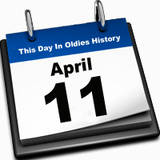
![]()
BUMPER STICKER OF THE DAY
FLASHBACK POP MUSIC HISTORY: APRIL 10
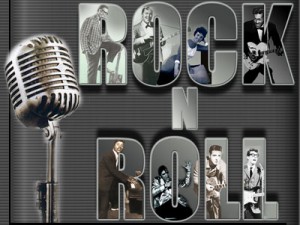 From the MCRFB music calendar:
From the MCRFB music calendar:
Events on this date: APRIL 10
1953: Eddie Fisher is discharged from the U.S. Army, having sold seven million records during his stint in military service.
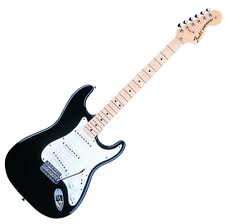
1956: Leo Fender patents the successor to his popular “Telecaster” model of electric guitar, the new model is named the “Stratocaster” and it becomes a very popular model for guitarists taking up the newest Fender brand.
1956: While performing at the Municipal Auditorium in Birmingham, Alabama, Nat King Cole is assaulted by five segregationists and tackled on stage, although local police quickly arrest the perpetrators, who had originally planned to kidnap the singer. Cole bravely performs a second show later that night.
1957: Ricky Nelson, then all of sixteen, performs his recently-recorded version of Fats Domino “I’m Walking” — done to impress a date — on his family’s show The Adventures Of Ozzie And Harriet on ABC-TV. Nelson’s cover record sells a half-million copies in the next week alone.
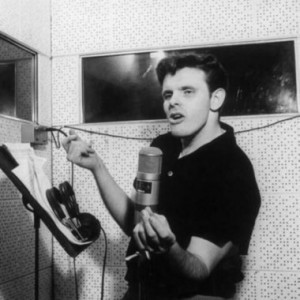
1961: Del Shannon makes a guest appearance on Dick Clark’s American Bandstand on ABC-TV, singing his recent breakthrough-hit “Runaway.”
1965: Freddie and the Dreamers hits No. 1 on the Billboard Hot 100 with their single, “I’m Telling You Now.”
1970: Paul McCartney makes the Beatles secret-breakup public by issuing a press release to announce that he has left the group, done in a form of a fake interview: “Q: Is your break with the Beatles temporary or permanent, due to personal reasons or musical ones? PAUL: Personal differences, business differences, musical differences, but most of all because i have a better time with my family. Temporary or permanent? I don’t really know.” John Lennon is furious, especially since the breakup, already agreed upon by the group, was announced just one week prior to the British release of McCartney’s first solo album. When a reporter track down Lennon for his thoughts, he replies, “Paul hasn’t left. I sacked him.”
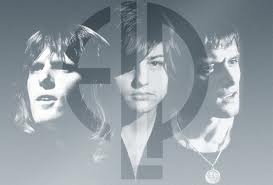
1970: Keith Emerson of the Nice, Greg Lake of King Crimson, and Carl Palmer of Atomic Rooster join forces to form Emerson, Lake and Palmer.
1970: At one of the band’s last concerts, in Boston, Doors front-man Jim Morrison asks the audience if they’d like to see something of his “that rhymes with ‘sock,'” and then, more bluntly, screaming “would you like to see my genitals?” The power at the stadium is switched off, and keyboardist Ray Manzarek pulls the singer off the stage. Morrison already is facing similar charges stemming from a recent gig the band held in Miami.
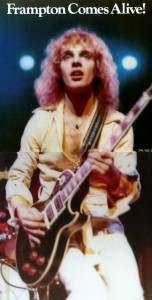
1976: Peter Frampton’s LP Frampton Comes Alive reaches No. 1 on the Billboard LP Chart.
1978: Aretha Franklin marries her second husband, actor Glynn Turman, in New York City. The Four Tops sings Stevie Wonders’ “Isn’t She Lovely” for the couple at the ceremony.
1999: The all-star tribute concert Here, There And Everywhere: A Concert For Linda is held at London’s Royal Albert Hall, where Paul McCartney, George Michael, Chrissie Hynde, Elvis Costello and Sinead O’Connor raise money for animal charities while remembering Paul’s wife Linda, who has recently succumbed to breast cancer.
2002: South Carolina Governor James Hodges makes it official by declaring James Brown the state’s “Godfather Of Soul.”
Deaths: Chuck Willis, 1958; Stuart Sutcliffe, 1962; Nate Nelson (The Flamingoes), 1984; Noel Fox (Oak Ridge Boys), 2003; Little Eva; 2003.
And that just a few of the events which took place in pop music history, on this day…. 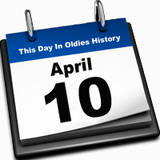
![]()
SUPREMES NUMBER ONE . . . DECEMBER 19, 1964
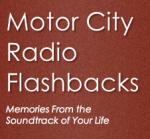 From the MCRFB NEWS archive: 1964
From the MCRFB NEWS archive: 1964
SUPREMES ARE NO. 1 ON BILLBOARD; THIRD DISK IN A ROW
NEW YORK — Motown’s Supremes are living up to their title. The gal group captured the first place position on this week’s Billboard Hot 100 chart with their waxing of “Come See About Me.” This is the third No. 1 record in a row for the gals from Detroit, and they now represent the first femme group to achieve this status.
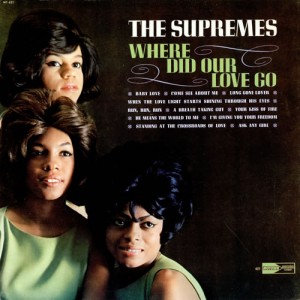
To add to it all, Diana, Flo, and Mary have staged a turnabout on the British by invading their No. 1 position on their chart with “Baby Love,” the first American girl group to do so. The record also registers big here, having reached the No. 8 position on Billboard’s single listing and holding 15th place this week.
Their Motown albums have had the same response from record buyers. “Where Did Our Love Go,” formerly occupying the No. 1 position is No. 7 this week on Billboard’s LP chart with 14 weeks as a chart entry. Their most recent album release, “A Little Bit Of Liverpool,” has reached the 92 position this week after only a month on the chart. Indications are that the album should do as well as its predecessor.
“Baby Love,” also reached the chart pinnacle for four consecutive weeks. The Supremes have recently returned from a much-heralded tour in England and Europe. END
___
(Information and news source: Billboard; December 19, 1964)
A MCRFB viewing tip: On your PC? For a larger detailed view click above image 2x and open to second window. Click image anytime to return to NORMAL image size.
Click your server’s back button to return to MCRFB.COM home page.
On your mobile device? Tap on image. Open to second window. “Stretch” image across your device screen to magnify for largest print view.
![]()
WKNR * BOB GREEN ‘BACK FROM EUROPE’ SHOW * 1966
WKNR – Bob Green Europe Show – 1966.mp3
Special Thanks To Bob Green for sharing this
great WKNR aircheck from his vault.
![]()
FLASHBACK POP MUSIC HISTORY: APRIL 9
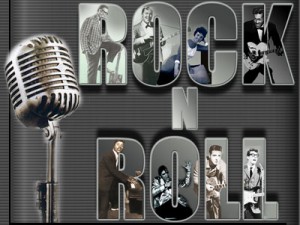 From the MCRFB music calendar:
From the MCRFB music calendar:
Events on this date: APRIL 9
1962: At tonight’s Academy Awards ceremony in Santa Monica, California, Henry Mancini wins Best Original Song for “Moon River,” his contribution to the film Breakfast At Tifanny’s.
1964: The Vee-Jay record label suffers a fatal blow when it settles out of court with Capitol Records, who charged that nonpayment of royalties invalidated the label’s licensing agreement to sell the Beatles’ first few singles in the United States.
1965: Bruce Johnston replaces Brian Wilson in the touring band of the Beach Boys, Brian having suffered a nervous breakdown while on the band’s recent flight to Houston, Texas.
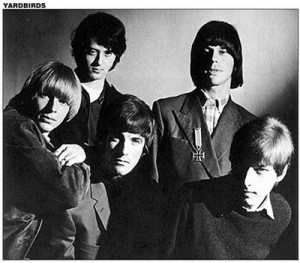
1966: During a Yardbirds show in Marseilles, France, guitarist Jeff Beck collapses from exhaustion while on stage; eleven years later to the day in 1977, Jimmy Page causes the end of a Led Zeppelin gig in Chicago when he is struck down with stomach cramps.
1966: The Righteous Brothers’ “(You’re My) Soul And Inspiration” hits No. 1 on the charts.
1967: The Doors play before their first large crowd when they appear (along with Jefferson Airplane ) in front of 3,000 at a show in Venice, California.
1973: Queen play their first show since being signed, a “showcase” gig at London’s Marquee Club.
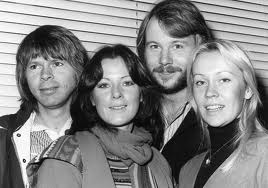
1974: Bruce Springsteen meets rock critic Jon Landau, who would go on to manage the singer and successfully hype him as “rock and roll’s future.
1977: Abba’s “Dancing Queen” hits No. 1 on the Billboard chart.
1979: At tonight’s Academy Awards ceremony in Los Angeles, Best Original Song goes to Donna Summer’s “Last Dance,” from the flop movie Thank God It’s Friday.
1982: Having revived her career in the UK with a hit cover of Al Green’s “Let’s Stay Together,” Tina Turner begins a comeback tour in London.
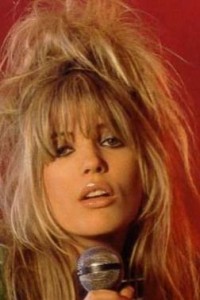
1989: Rolling Stone bassist Bill Wyman, 52, announces his intention to marry model Mandy Smith, 19, further shocking the public by revealing that he’s been dating Mandy for the past six years — with her mother’s permission. The marriage would last just under two years.
2003: Willie Nelson holds public celebrations of his 70th birthday at the Beacon Theater in New York. Featured performers included, among many others, Ray Charles, Eric Clapton, Paul Simon, ZZ Top, Leon Russell, and country singer Ray Price.
And that’s a few of the events which took place in pop music history, on this day…. April 9.
![]()
WKMH/WKNR PRODUCTION ROOM BLOOPERS
Production Room Bloopers
Bill Phillips, Paul Cannon, Ray Otis, Bob Green
Thanks To Greg Innis
![]()
R&B ‘SOUL SAUCE’ ’68 . . . OCTOBER 5, 1968
Best New Record of the Week: “Always Together” by the Dells; Cadet Records
By ED OCHS
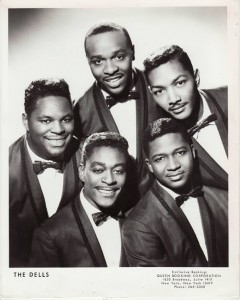
NEW YORK — SOUL SLICES: Motown’s magnificent Martha Reeves, apartment hunting in New York, stopped by to talk with Soul Sauce last week, ending all rumors of a split with Motown. The Vandellas, reshuffled to keep the unit of the group, will soon hit the road and the recording studio to keep the soul sounds rolling. The group’s latest record, “I Can’t Dance To That Music,” was the sore spot between Martha and Motown, when her voice was dubbed over with a Diana Ross sound-alike. With Martha Reeves back in action, Motown only has a few more rumors to deny — like the shaky status of the Temptations. But that’s another story…. Jerry King, club deejay at the Arthur discotheque, is a Martha Reeves fan forever. The tall-beauty from Detroit starred at King’s “Sound Search” show debut at Fort Green in Brooklyn, September 16, with a hand-shaking, baby-hugging tour through the crowds. Motown never had a more gracious ambassador to show that all their soul isn’t in the grooves — but in the streets too…. Reports on Sly & the Family Stone’s long-awaited tour of England indicate that the wait isn’t over yet. Custom woes — a busted bass and a charge of carrying a concealed weapon — delayed the group’s entry. And when the air was cleared, the equipment failed. The last word: no show on account of technical difficulty…. The Atlantic-Atco group swept the 1968 Melody Maker Pop Poll released last week in England. Aretha Franklin was named Girl Singer Of The Year, while Eric Clapton of Cream was named Musician Of The Year…. The Unifics, Kapp’s R&B team, play Howard University on October 24 with Huge Masakela and headline the Apollo Theater October 18 as “Court Of Love” makes the big turn to the pop charts…. Clarence Carter’s “Slip Away” has turned to gold — his first…. The Glories, Date soulers with “No News” have some good news; the girls will be featured on four television shows in October, including Channel 13’s new “Soul!” show, also they are booked to appear on the Jerry Blavat Show in Philly…. Joe Simon’s “Message From Maria” is fighting for a gasp of air play with the flip side, “I Worry ‘Bout You”…. Vanguard blues guitarist Buddy Guy has taped a CBS-TV special on the blues for the fall season. No date was provided when it will air on the network.
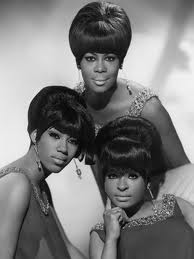
FILET OF SOUL: Motown’s Marvelettes are at the end of their two-week tour of U.S. Army bases in Germany which began September 30…. Fred Lewis of Massachusetts Distributing called us to cue us on the flip side of Carl Carlton’s “46 Guitars – 1 Drum” climber, “Why Don’t They Leave Us Alone.” Also Gary (U.S.) Bonds’ “I’m Glad You’re Back,” are both happening in the Northeast…. Philly’s Lord Gas will emcee Queen Booking’s Quakers City Tour package starring the Vibrations, Patti LaBelle & the Bluenotes, Delphonics, Intruders, and Cliff Nobles October 25 – December 7…. King Curtis and the Kingpins will spend a week starting Monday at the Sahara Club in Montreal…. The Impressions Las Vegas date at Caesar’s Palace fell through…. What is your verdict on Dennis Edwards, the Temptation’s replacement for David Ruffin, who is now embroiled in a lawsuit with Motown? Stanley Steinhaus, vice-president of Musitron S.A., in Caracas, Venezuela, writes us that Aretha Franklin’s recent visit sparked a soul avalanche there, and boasts that “Caracas must be the biggest R&B foreign market today in South America.” Steinhaus adds that artists, regardless of labels, should try to include Latin America in their itinerary…. John Sippel of Mercury Records in Chicago reads Soul Sauce. Do you? END.
(Information and news source: Billboard; October 5, 1968).
![]()
